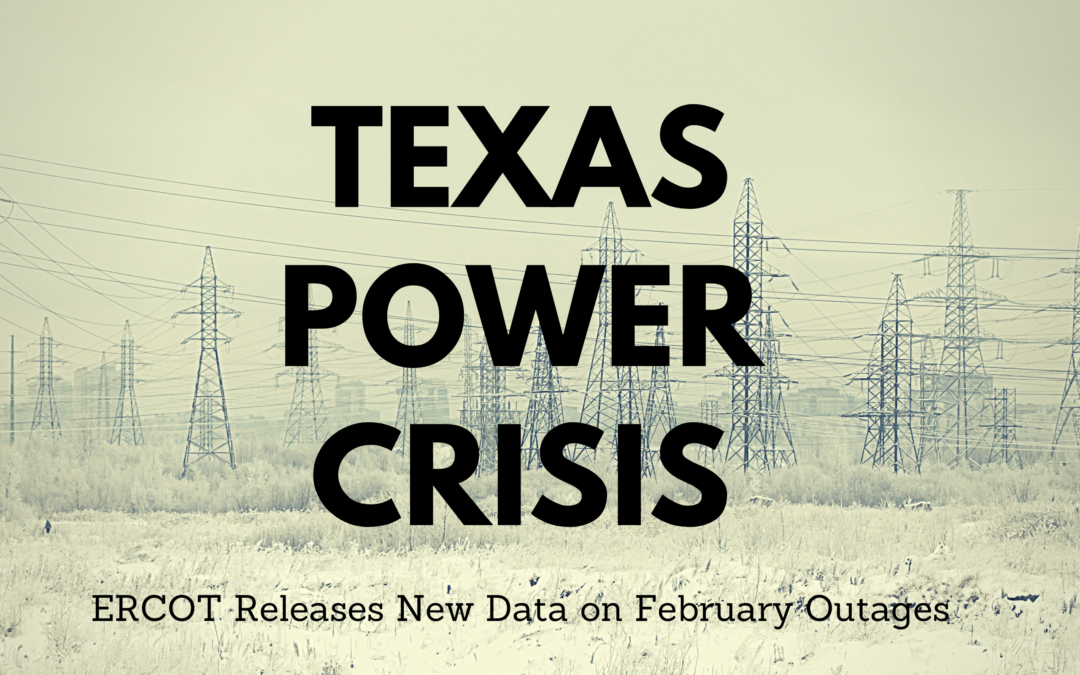New ERCOT data brings additional clarity to causes of February electric outages.
________________________________________________
Fuel problems caused more than 10 percent of the electric generation failures during the worst hours of last February’s power outages, while transmission line losses caused another 2 percent, according to new ERCOT data.
However, more than half the generation losses during the worst moments occurred simply because power generators couldn’t handle the cold weather, according to the new data.
More than 4 million Texans lost power during a Feb. 14-19 grid emergency, and more than 100 Texans lost their lives. The new data brings additional clarity as to some of the specific causes of the outages. It also comes just as Texas lawmakers and the Public Utility Commission grapple with reforming the Texas energy market.
Base-Line Numbers
ERCOT, also known as the Electric Council of Texas, included the new outage data in an 11-page Power Point presentation it filed with the PUC on April 6. Included are base-line numbers relating to storm-related generation outages and partial outages. The details in the document remain sparse, however, and many questions remain.
For instance, the document does point to the need for additional weatherization by generation plants. The Texas Legislature currently is considering new mandates to address that issue. However, the document sheds little light on the chicken-and-the-egg interplay between the failure of some natural gas-fired electric plants because of fuel losses, and the simultaneous failure of some natural gas suppliers because of electricity outages.
ERCOT derived the new data from reports it solicited from entities that schedule power deployments on the grid. Among the details:
- The highest amount of unavailable capacity during the winter storm occurred on February 16, at around 8 a.m., when 51,173 megawatts went off line.
- At that time, about 24,472 megawatts of generation capacity was unavailable because of “weather related” outages and derates. That represents about 54 percent of the total losses at that time.
- ERCOT attributed another 6,124 megawatts in losses during that time to “fuel limitations.” That’s about 12 percent of the total.
- ERCOT attributed 2 percent of the losses at that time to transmission problems, and another 2 percent to “frequency related” issues.
- Outages and derates already in effect prior to the energy emergency, including outages related to mothballed units, comprised about 15 percent of the total. That represents about 7,487 megawatts in outages and derates.
ERCOT defined “weather related” losses as those explicitly attributed to equipment failures because of cold weather conditions. This includes frozen equipment, snow cover on solar panels, and flooded equipment due to melting snow. It defines “fuel limitations” losses as those arising from a lack of fuel, contaminated fuel, low gas pressure and related issues. It defines “transmission” losses as those “due to forced outages on directly connected transmission facilities” and it defines “frequency related” losses as those attributed to any deviations from ERCOT’s regular electric frequency of 60 hertz.
More Information
In a memo accompanying the April 6 presentation, ERCOT VP Woody Rickerson noted that the organization has requested more information from market participants, and would release additional information about the outages before the end of August.
You can find the April 6 document here.

